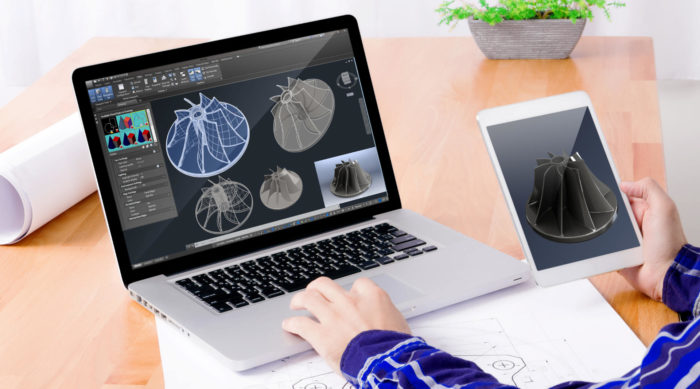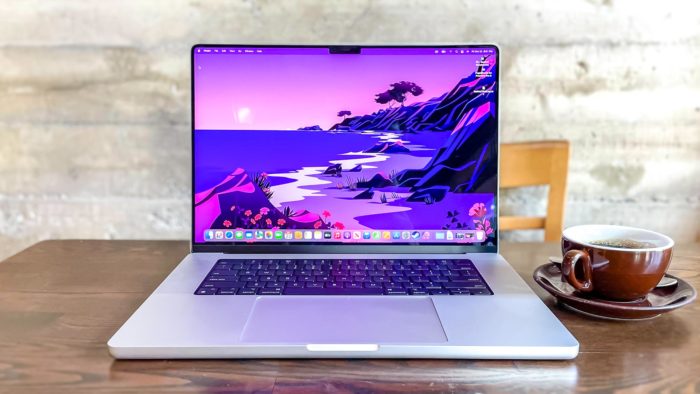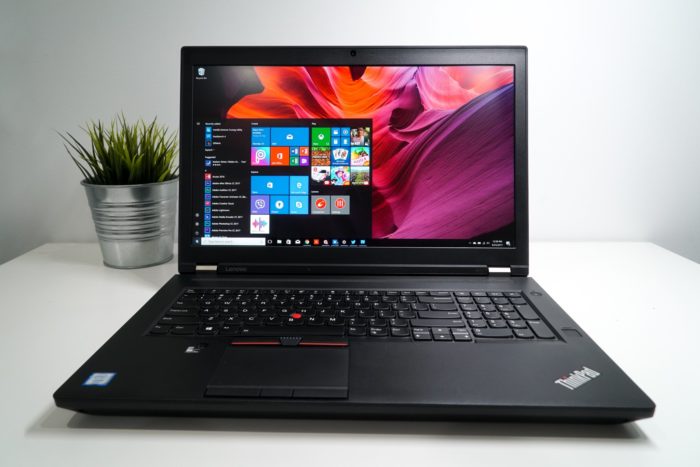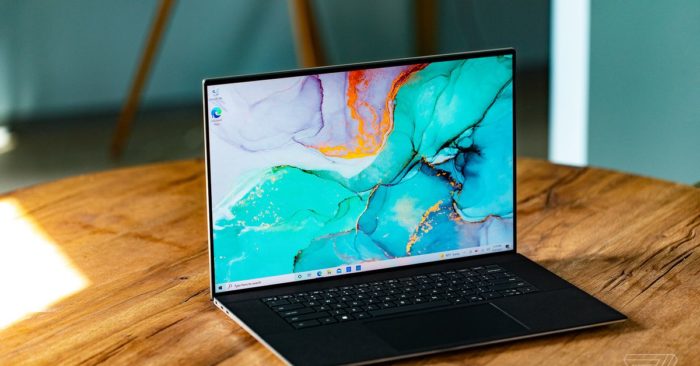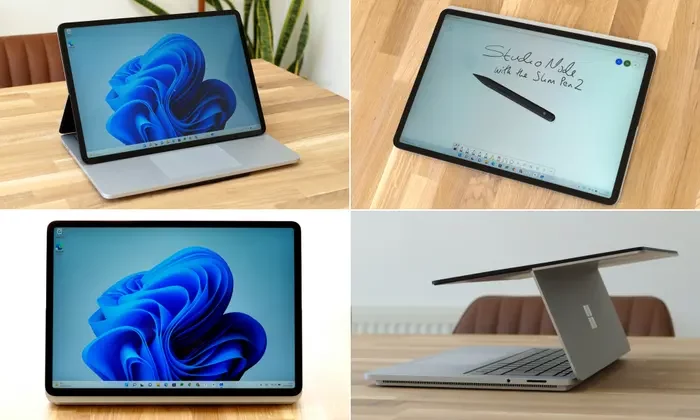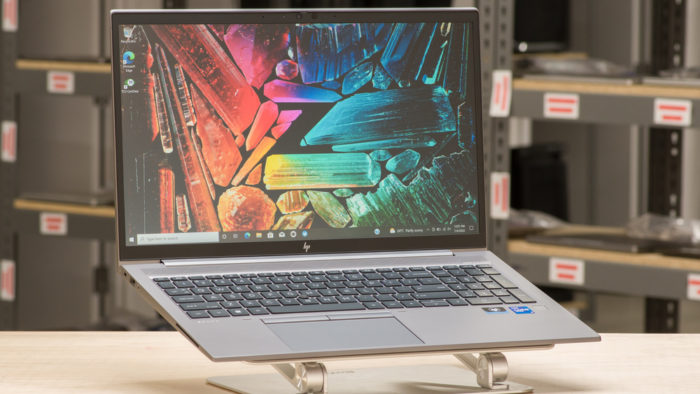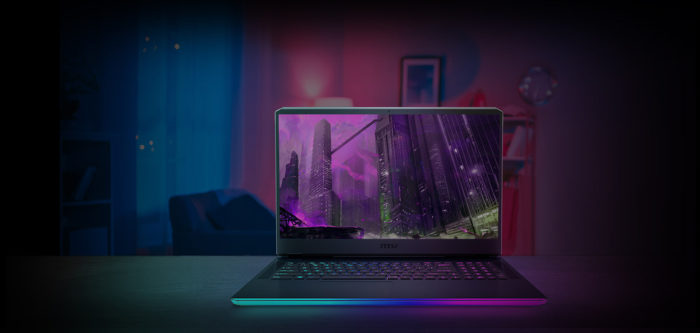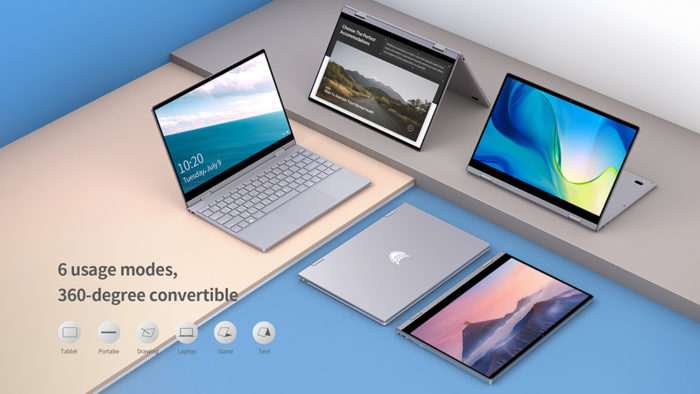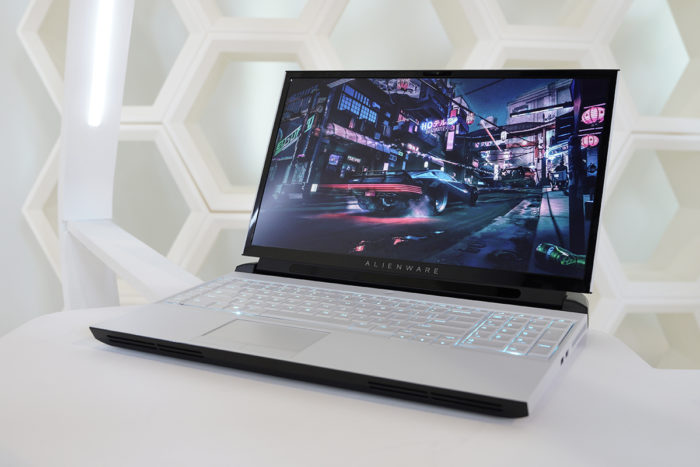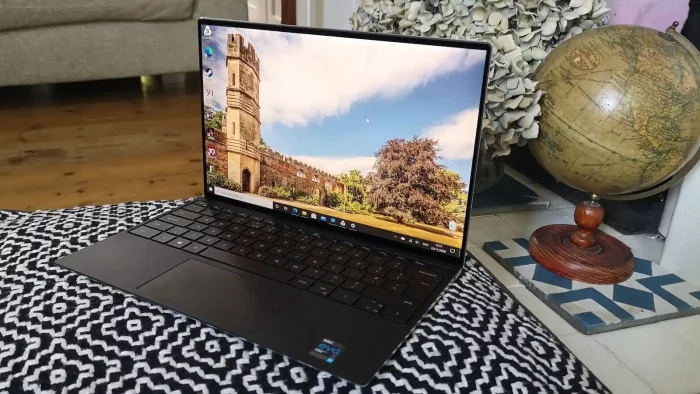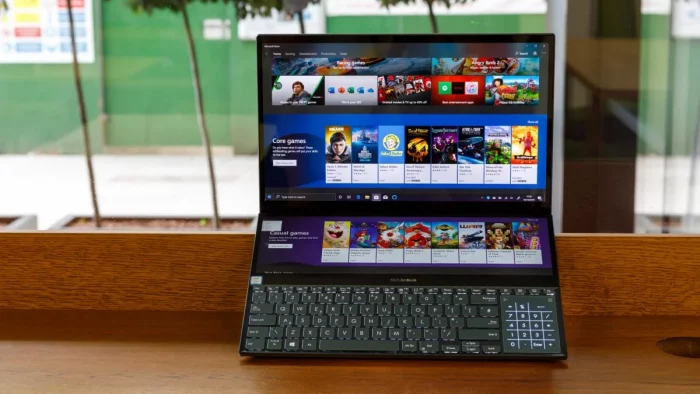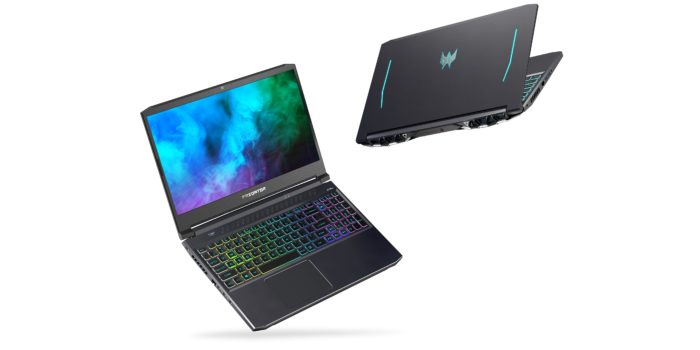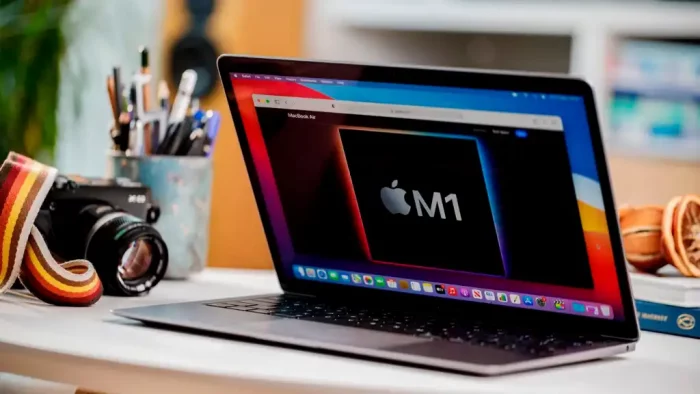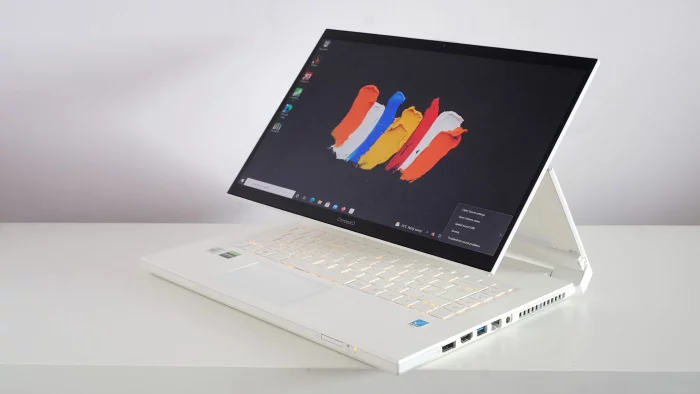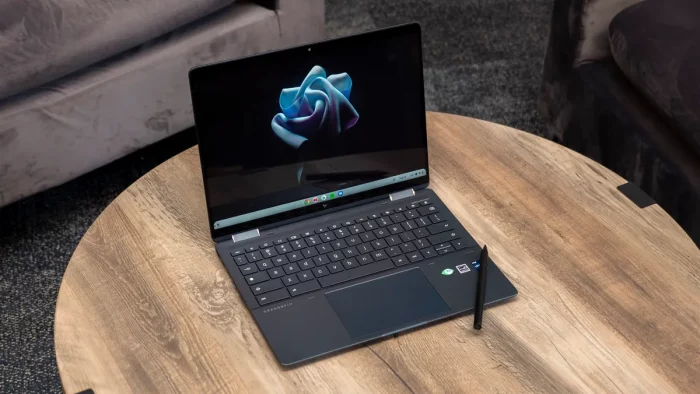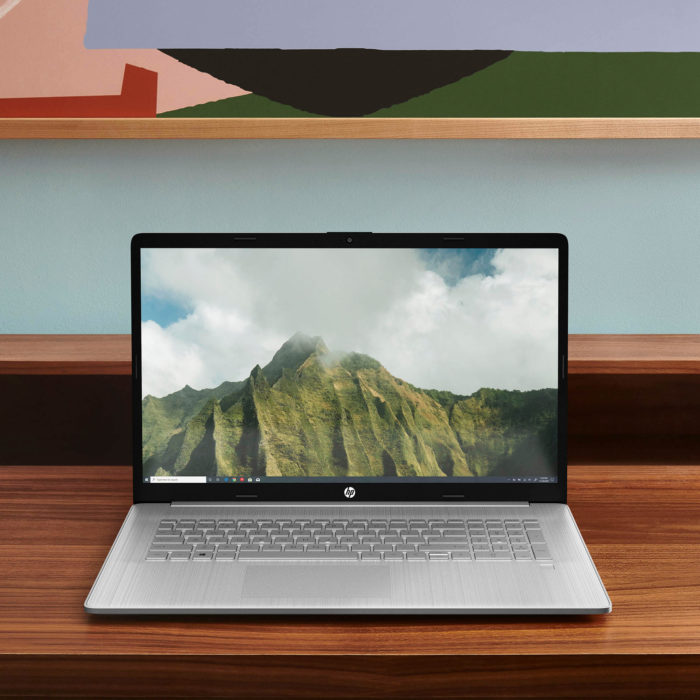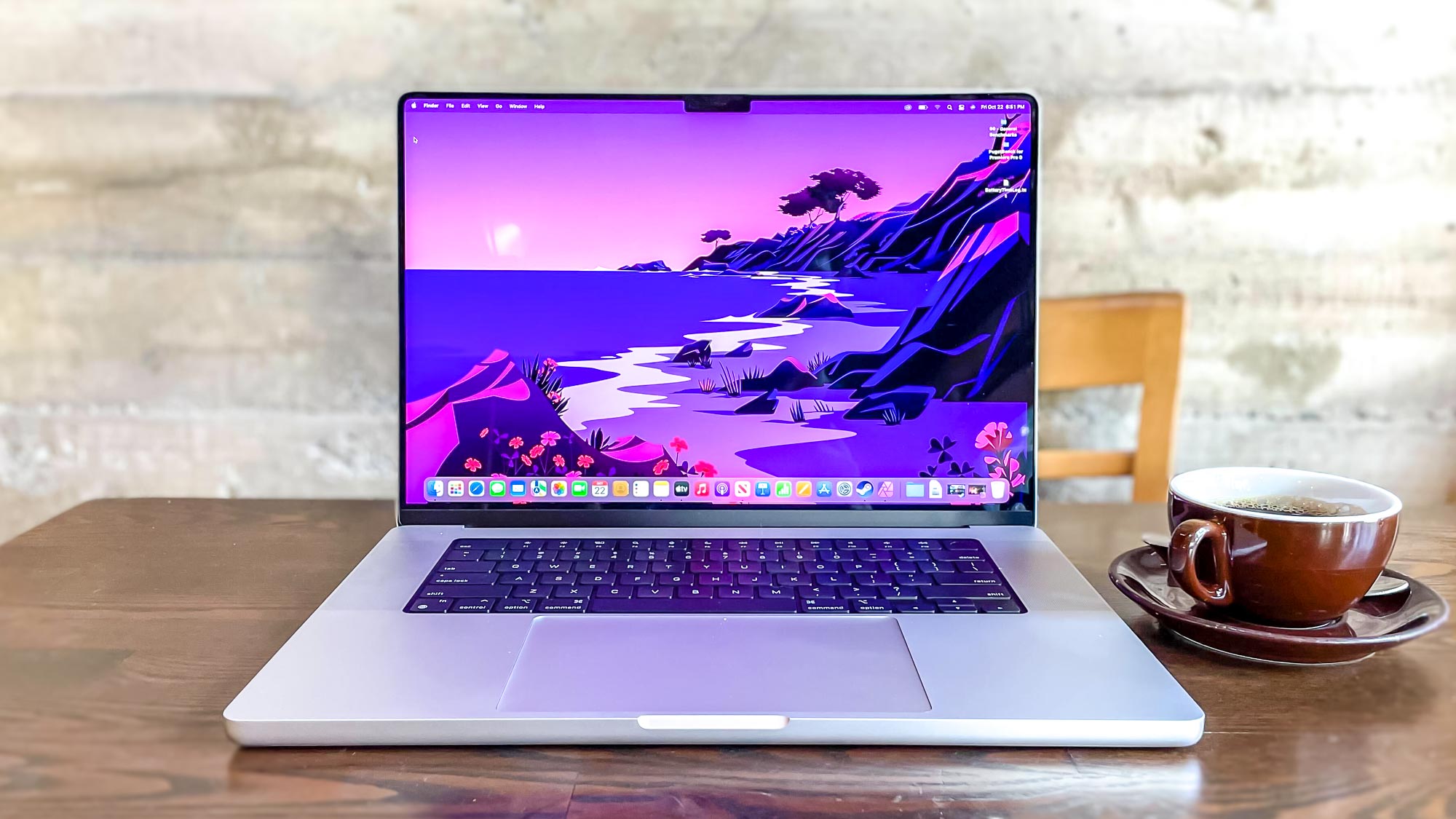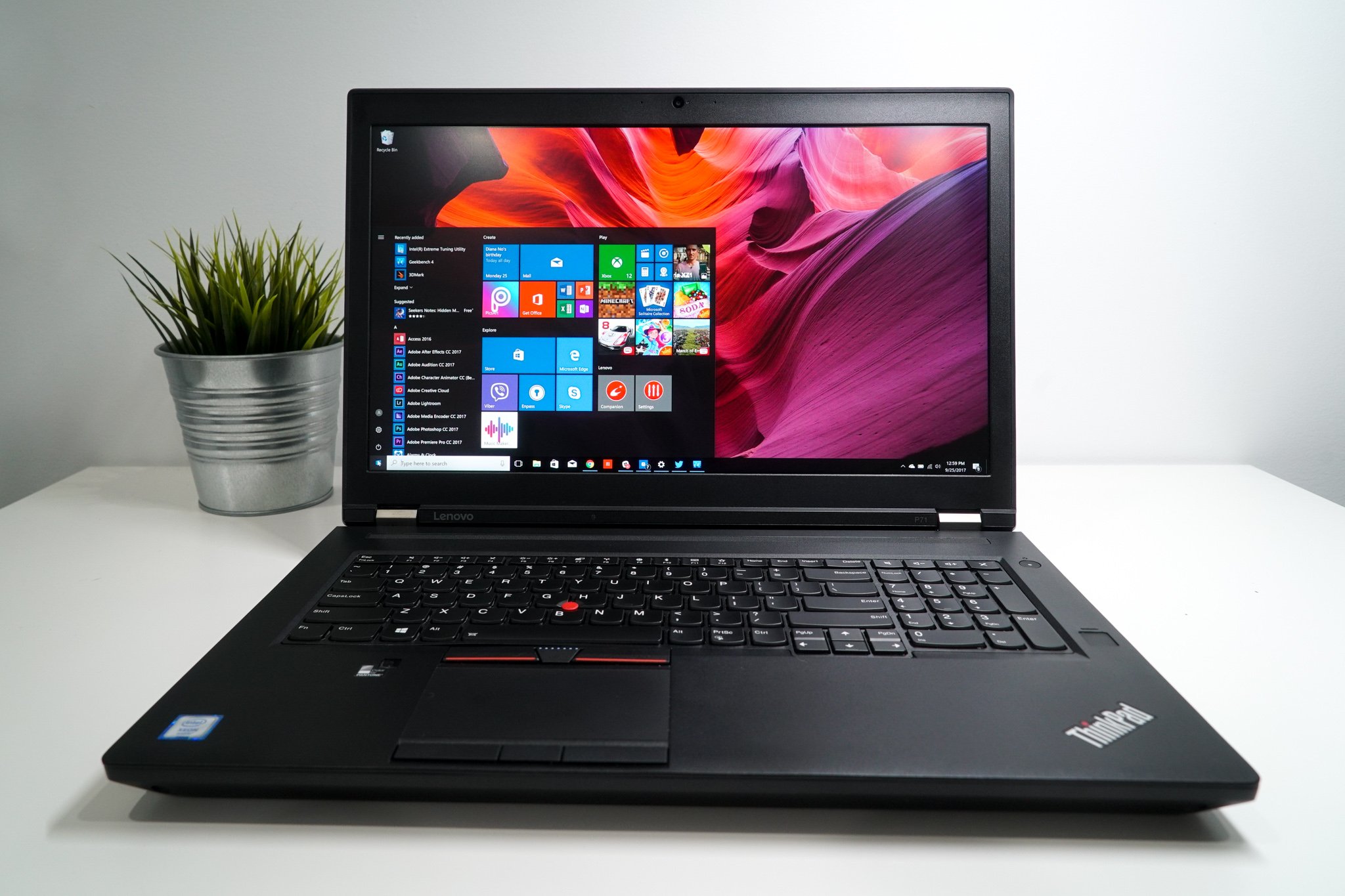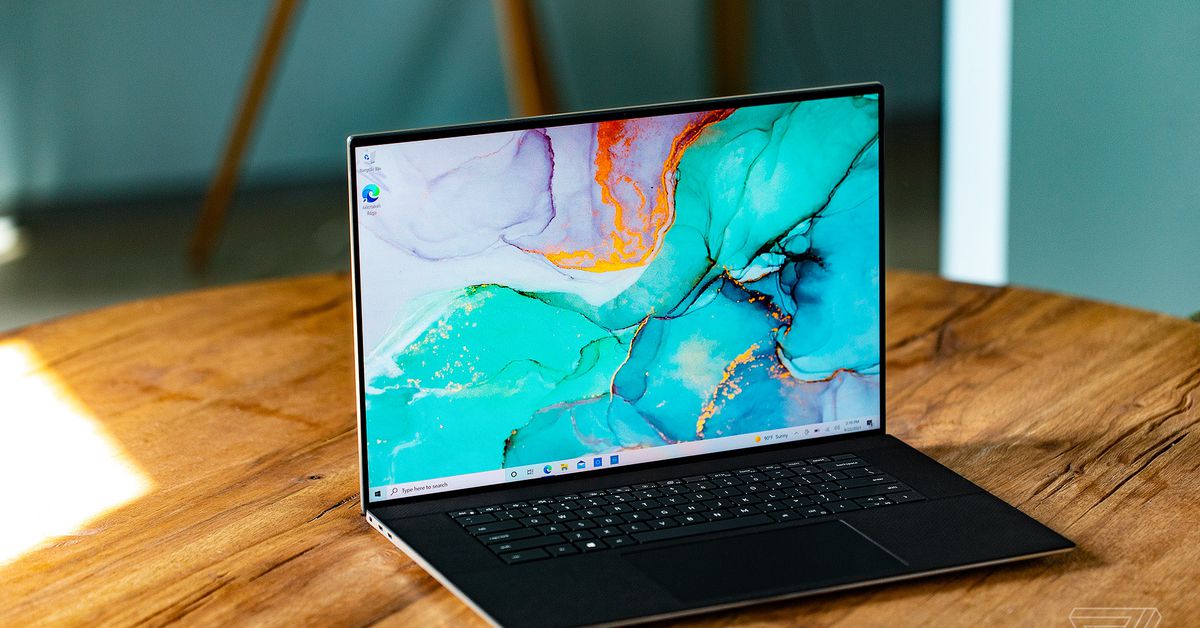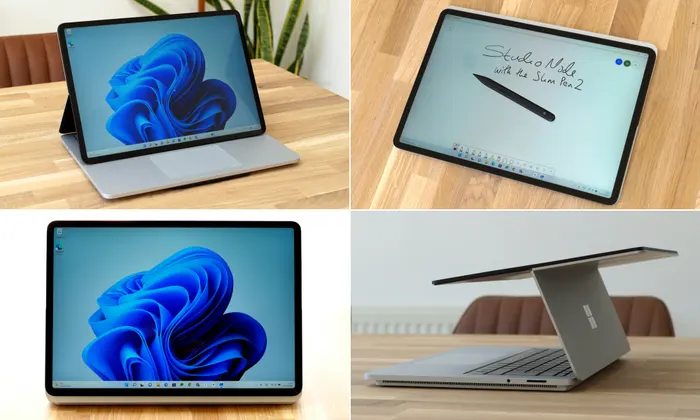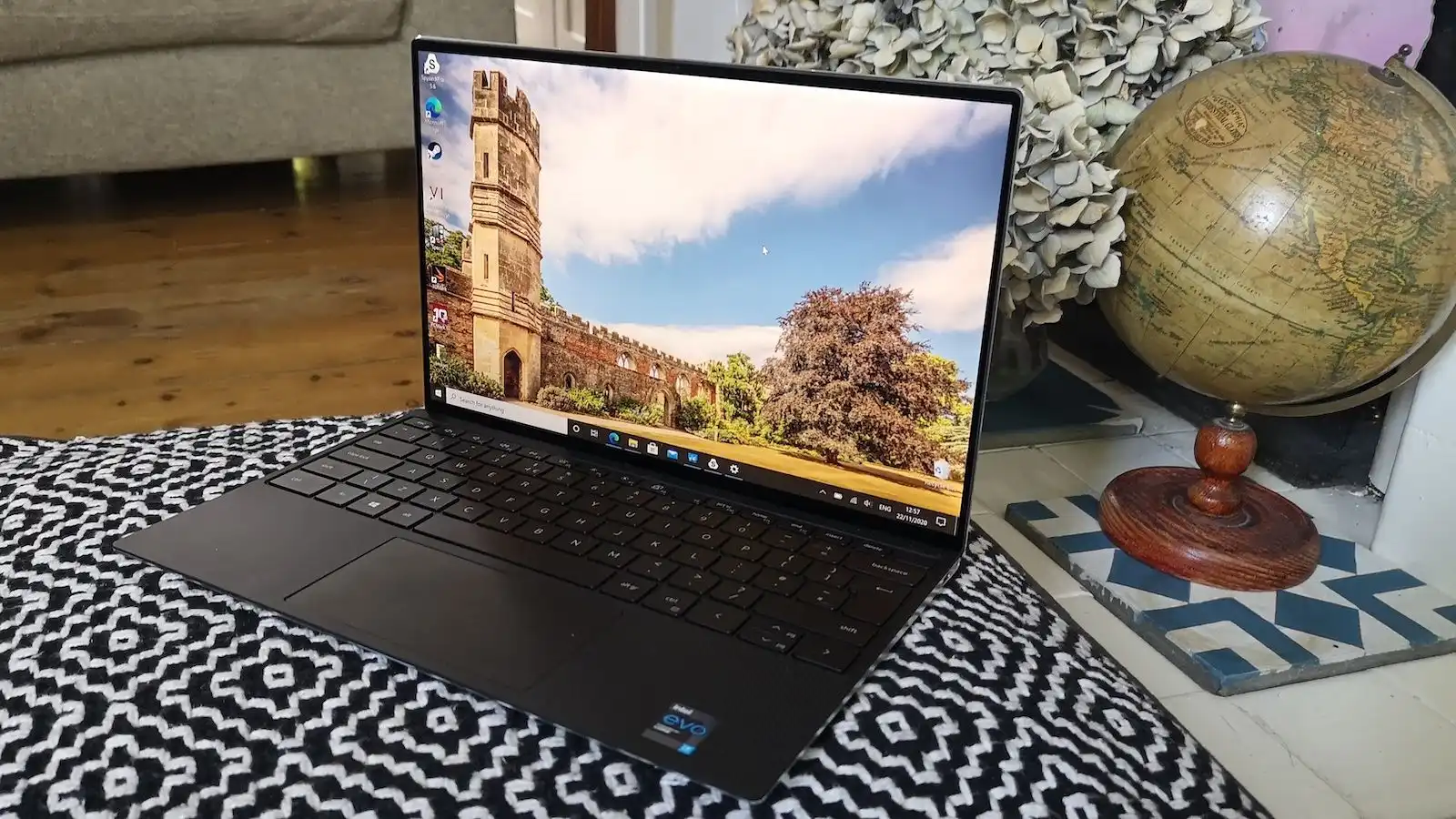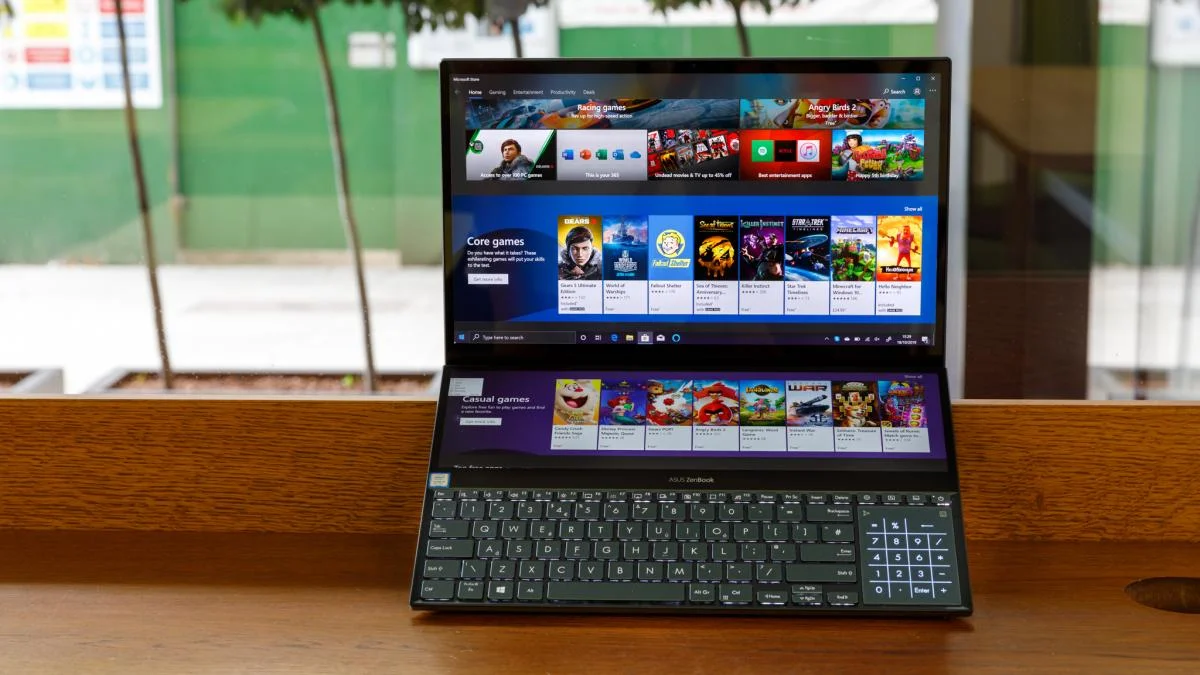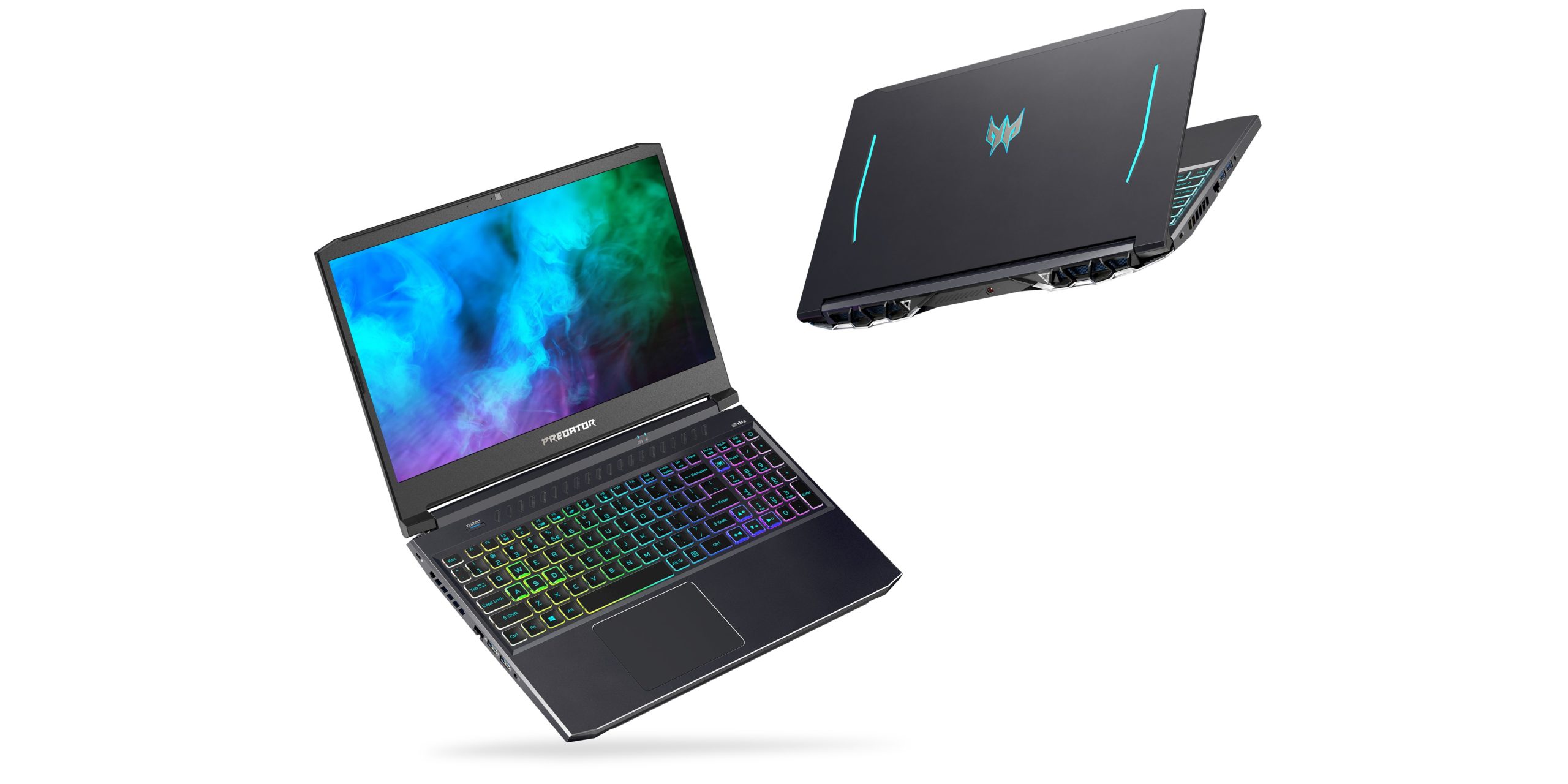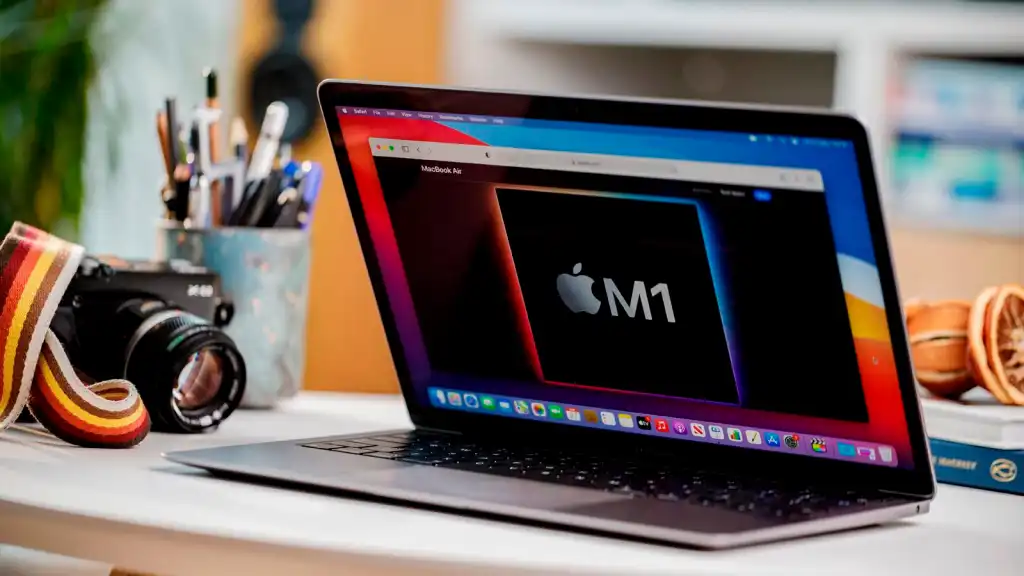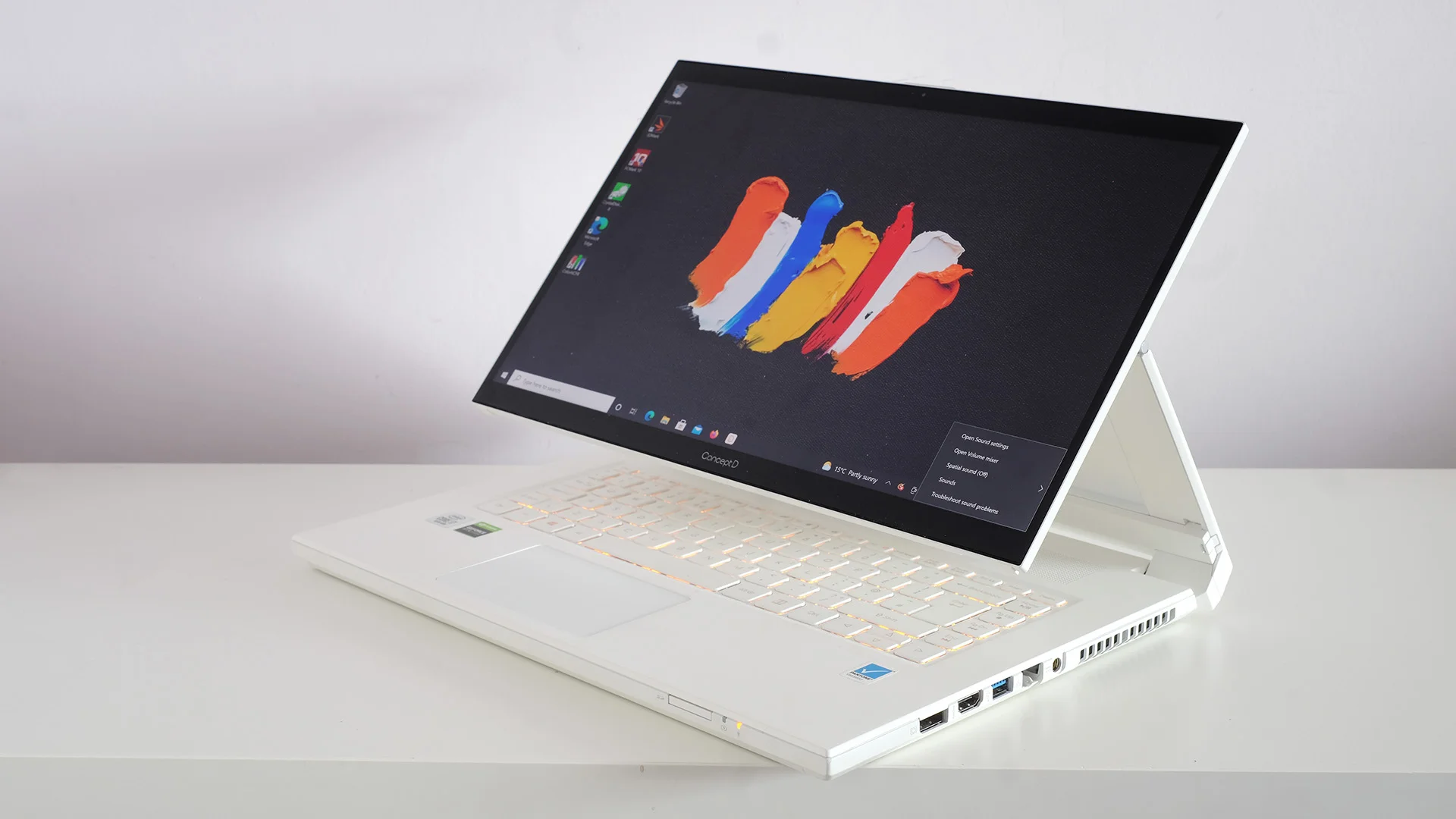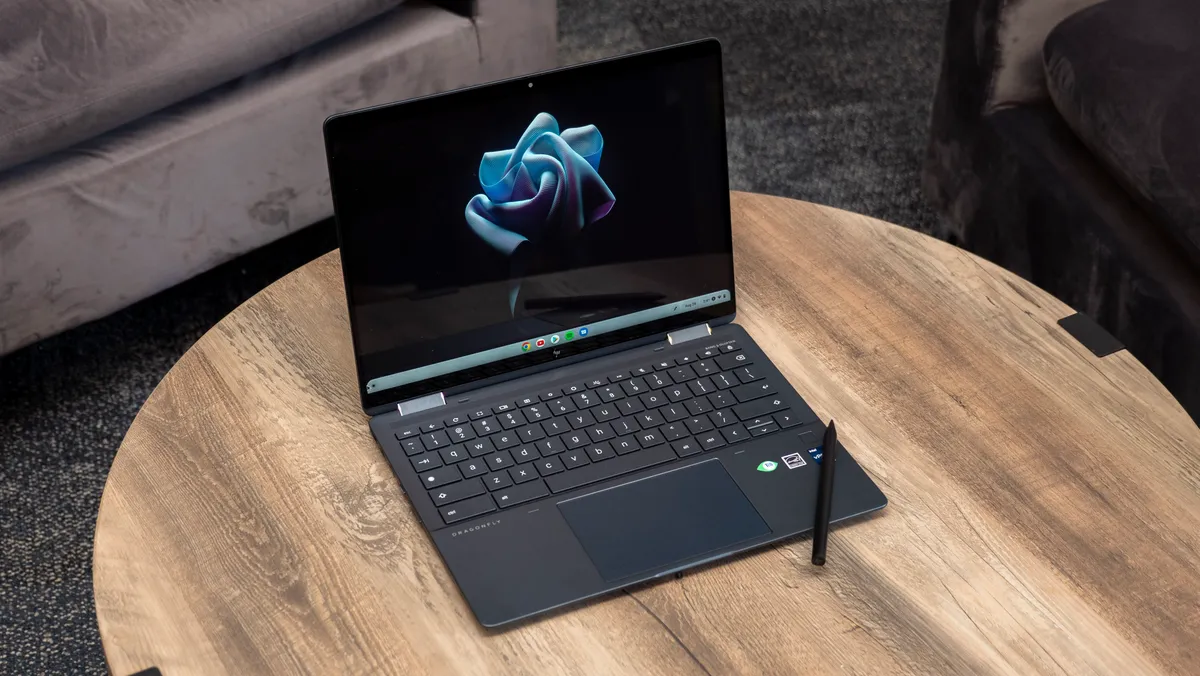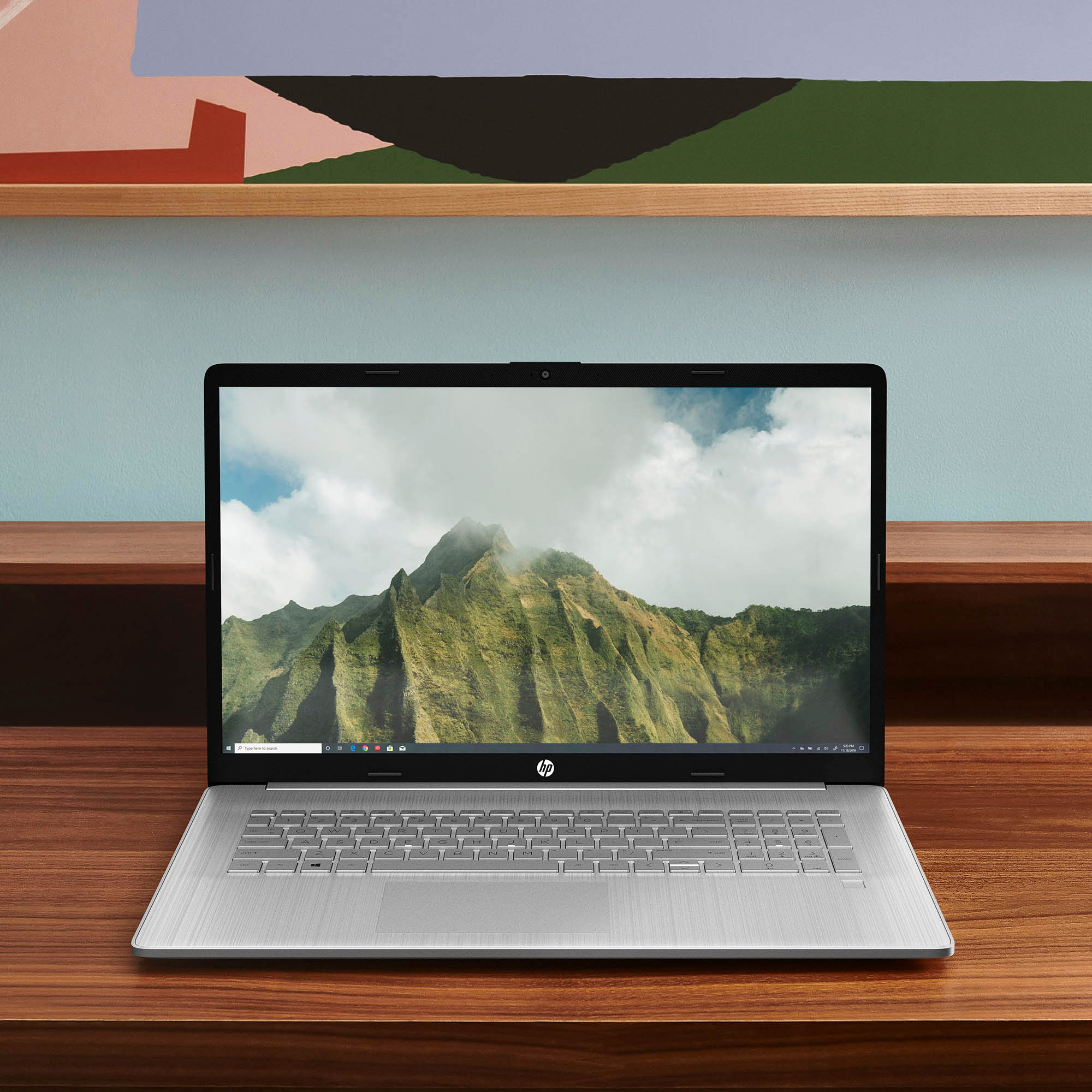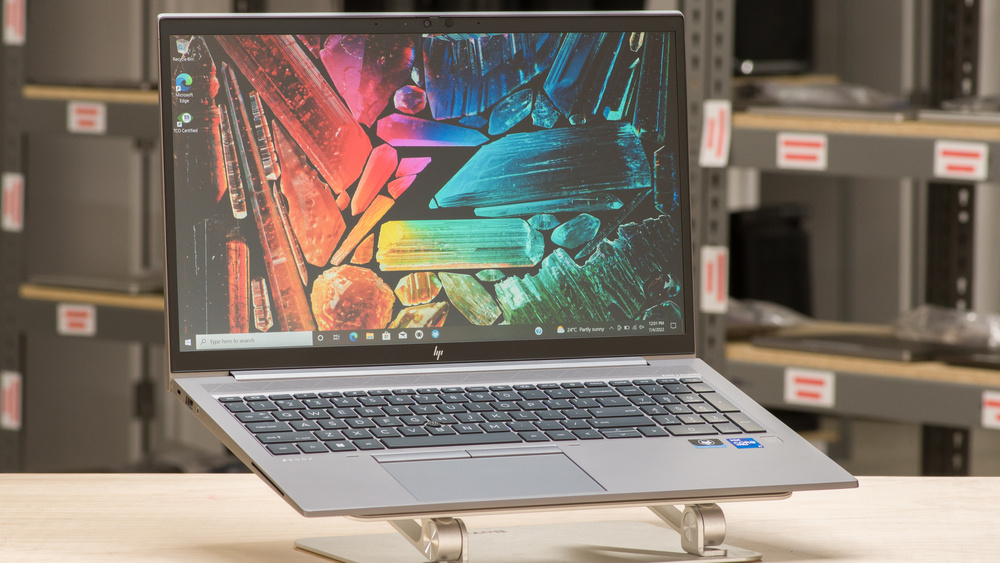Having the finest laptop for architecture that can smoothly run Adobe Creative Cloud, Blender, Revit, AutoCAD, 3Ds Max, Grasshopper, and SketchUp is essential for any architect or designer who wants to produce high-quality work. Planning a building’s layout and design proposals entails more than just buying some ground and throwing up some steel and glass.
Just one glance at a design will reveal the intricate details and careful planning that went into creating the buildings we admire. Consequently, architects and designers require cutting-edge technology that runs robust programs and permits them to produce precise digital depictions of their conceptualizations.
What is the best Laptop for Architecture in 2023?
Architects frequently engage in the Windows vs. Mac argument when trying to find the best laptop for themselves. However, Windows is the better option due to its lower price, greater adaptability, and more straightforward program collaboration. To help you make an informed purchase and allow your future architectural designs to thrive, we have compiled a list of the top 15 laptops for architecture, both high-end and budget options.
1) MacBook Pro 16-inch (Overall best laptop for architecture)
- Ram Memory Installed Size: 16GB
- Hard Disk Size: 512GB Storage
- CPU Model: Apple M1 Pro chip, 6-core CPU
- Display: 16-inch Retina Display with True Tone technology
Apple’s 16-inch MacBook Pro laptop is a sophisticated option for people who need a lot of processing capacity for their jobs. The high-end specifications and program compatibility have made it a favorite among architects and designers.
Equipped with a powerful Intel Core i7 or i9 CPU with up to 8 cores for the smooth operation of even the most resource-intensive programs. Both 16 and 32 gigabytes of RAM are included, allowing for seamless multitasking and lightning-fast handling of even the most extensive files. It can hold huge files and allow for the uninterrupted use of many programs thanks to its speedy and capacious SSD storage of up to 8TB.
Also Read: 11 of the Finest Architectural Design Software for Mac You Wish You Had Known About Earlier
2) Lenovo ThinkPad P71
- Ram Memory Installed Size: 16GB DDR4 RAM
- Hard Disk Size: 1TB SSD
- CPU Model: 2.9 GHz Intel Core i7-7820HQ Quad-Core processor
- Display: 17.3-inch screen
First and foremost, the powerful speed and ample storage provided by the 1TB SSD will impress you. As a bonus, this model comes with many ports that can accommodate a variety of gadgets, allowing you to increase your efficiency and effectively juggle multiple tasks.
There have been reports of contentment on the part of architects and designers who have used the big screen’s anti-glare capabilities. The best part is that this laptop has built-in security features that ensure a secure link to any network. Professionals can feel at ease keeping their projects on since it’s a safe laptop for architecture.
3) Dell XPS 17 (Best value laptop for architecture)
- Ram Memory Installed Size: 16 – 32GB
- Hard Disk Size: 1TB SSD
- CPU Model: 10th Generation Intel Core i9-11980HK
- Display: 17.0″ FHD+ InfinityEdge Non-Touch Anti-Glare 500-Nit – 17.0″ UHD+ InfinityEdge Touch Anti-Reflective 500-Nit
Architects and other design workers would benefit from the Dell XPS 17-inch laptop due to its robust hardware and wide range of applications. The laptop’s powerful technology allows it to run sophisticated design programs and 3D modeling applications efficiently.
Because of the compelling Intel Core i9 processor, it can operate resource-intensive programs quickly and efficiently while still handling multiple tasks at once. The laptop has a built-in NVIDIA GeForce graphics processor for displaying complex 3D models and renderings. Furthermore, the laptop can run architectural design software like AutoCAD, Revit, SketchUp, or Rhino without hiccups so that you can make your plans and models without delay.
4) Microsoft Surface Laptop Studio (The best Windows laptop for architecture)
- Ram Memory Installed Size: 16GB or 32GB
- Hard Disk Size: 256GB – 2TB
- CPU Model: Up to Quad-core 11th Gen Intel Core H35 i7-11370H
- Display: 14.4in 2400 x 1600p 3:2 PixelSense Flow touchscreen
If you’re drawn to the MacBook’s form factor but would rather work in Windows than macOS, the Surface Laptop Studio is a great laptop for an architecture alternative. It challenges Apple’s dominance with a stunning style and high-end design.
One of its best features is its convertible 2-in-1 design, which allows the screen to be slipped forward into an easel-like position or flat over the keyboard. This transforms the laptop into a sizable tablet with a touch screen compatible with a stylus, which is extremely useful for design work, sketching, and architectural drawing.
5) HP ZBook 15 G8
- Ram Memory Installed Size: 8GB DDR4 RAM
- Hard Disk Size: 512GB SSD
- CPU Model: 11th Gen Intel Core i7 quad-core processor
- Display: 3840×2160 pixels
This laptop for architecture is sleek in design and equipped with Tiger Lake core CPUs, making it ideal for demanding tasks like video editing and 3D modeling. The 4K display’s 3840 x 2160 pixel resolution ensures exceptionally sharp and vibrant images.
The touchpad is so refined that you can even use a marker pen as a pointing tool. Also, the 512GB SSD ensures that even resource-intensive programs will work smoothly, and the laptop’s many ports make it easy to hook up to other devices.
6) MSI 2022 GE76 Raider 17.3″ 144 Hz FHD Gaming Laptop
- Ram Memory Installed Size: 32GB
- Hard Disk Size: 1TB SSD
- CPU Model: 14-Core 12th Generation Intel Core i9-12900H
- Display: 17.3″ Thin Bezel FHD, IPS-Level 144Hz, 72% NTSC
Here we have the GE76 Raider laptop, ideally suited to a designer’s requirements. The 14-core 12th-generation Intel Core i9-12900H mobile processor ensures that you won’t have to sacrifice performance in any way. It is an ideal laptop for architecture or for architects who need to transfer big files quickly, such as architectural renderings, visualizations, and photographs.
7) Newest BMAX 2-in-1 Laptop (Best Touch-Screen laptop for Architecture)
- Ram Memory Installed Size: 8GB DDR3
- Hard Disk Size: Foresee 256GB SATA SSD
- CPU Model: Intel Core M5-6Y54
- Display: 13.3-inch FHD resolution
Weighing in at only 2.2 pounds, the latest BMAX 2-in-1 Laptop Computer is easily transportable. The fact that it’s made entirely out of metal means you can toss it into your suitcase without considering its weight. Even with the laptop case, it’s lighter than an iPad Pro 12.9. The screen can be seen clearly and has enough brightness. It has an 11.6-inch screen and is incredibly user-friendly. The borders take up minimal space on the top and both sides.
8) Dell Alienware 51M R2
- Ram Memory Installed Size: 16 GB
- Hard Disk Size: 1 TB
- CPU Model: Intel Core i7 10700K
- Display: 1920 x 1080 Pixels
Regarding computers specifically designed for video games, Alienware is a highly regarded name. The Dell Alienware 51M R2 Gaming Laptop’s dual NVIDIA RTX 2070 graphics and Intel’s 10th Gen 8- Core i7-10700 configuration make rendering and animating sketches a breeze. The laptop supports virtual reality and has 64 GB of RAM, making it ideal for running multiple programs simultaneously and installing various add-ons and plugins.
9) Dell XPS 13 (9310)
- Ram Memory Installed Size: 32 GB
- Hard Disk Size: 2 TB
- CPU Model: Intel Core i7
- Display: 3840 x 2400 Pixels
Weighting under 4 pounds, this notebook is easily transported between appointments. As one of the best lightweight laptops available, the XPS 13 (2022) excelled in daily use and productivity. In addition to being able to multitask and run rendering software, the laptop’s system speed and value for money have earned it praise, making it a top pick as a laptop for architecture rendering.
10) ASUS ZenBook Pro Duo 15
- Ram Memory Installed Size: 32 GB
- Hard Disk Size: 1 TB
- CPU Model: Intel Core i9
- Display: 3840 x 2160 Pixels
The ASUS ZenBook Pro Duo 15 is an excellent option if you’re looking for a high-end laptop for architecture. Architects can benefit significantly from its tablet interface, cutting-edge control panel, and ingenious screen design.
The laptop works with popular workflow-enhancing programs like Adobe Photoshop, After Effects, and Premier Pro. The device’s ability to act as a screen expansion and a customized user UI enhances the device’s adaptability. Both OLED displays can display 4K resolution images in vibrant color. When paired with the ErgoLift Stand, the ASUS Pen ensures a professional sketching experience.
11) Acer Predator Helios 300
- Ram Memory Installed Size: 16 GB
- Hard Disk Size: 512GB NVMe SSD
- CPU Model: 10th Generation Intel Core i7-10750H 6-Core
- Display: 15.6″ Full HD 144Hz 3ms IPS
If you’re looking for a laptop that can run architectural software, the Acer Predator Helios 300 is also a great choice. With its 16GB of RAM, it’s great for running multiple applications simultaneously without experiencing any stuttering or freezing. As mid-range laptops go, it’s pretty solid. If you’re looking for a laptop that’s a step up from the bare minimum but won’t break the bank, this is a decent option to consider.
12) Apple MacBook Air (M1, 2020) (Best laptop for Architecture students)
- Ram Memory Installed Size: 8-16 GB
- Hard Disk Size: 256GB – 2TB SSD
- CPU Model: Apple M1
- Display: 13.3-inch (diagonal) 2,560 x 1,600 LED-backlit display with IPS technology
We recommend the MacBook Air (M1, 2020) to young architects as a more wallet-friendly option to the MacBook Pro 16-inch. While its performance isn’t quite as impressive as our top-pick laptop for architecture, it should suffice for most of an architect’s work, with the drawback that extremely complex 3D rendering may be beyond its capabilities. The fact that it’s so lightweight and compact makes it an excellent choice for frequent travelers. It also helps that the battery life is so strong.
13) Acer ConceptD 7 Ezel
- Ram Memory Installed Size: 16-32 GB
- Hard Disk Size: Up to 2TB
- CPU Model: 10th-generation Intel Core i7
- Display: 15.6in 4K UHD (3840 x 2160) 16:9 IPS
Suppose you have a sizable budget and are seeking among the most prominent laptop for architecture, one that features one of the most striking screens that offer the most precise colors. In that case, you should consider the Acer ConceptD 7 Ezel Pro.
Its customizable configurations, including high-powered Intel processors, Nvidia graphics cards, and up to 32GB of Memory, make short work of 3D mockups and animation. It’s a welcome addition to the growing list of Windows notebooks posing a severe design challenge to Apple’s offerings.
14) HP Elite Dragonfly– Best HP Laptop For Architecture
- Ram Memory Installed Size: 16GB
- Hard Disk Size: 512 GB SSD
- CPU Model: Intel Core i7 – 8665U quad-core processor
- Display: 13.3 inches touch-screen
Portable and powerful, this 2-in-1 laptop with multi-touch displays is ideal for architects and design students on the go. It has a powerful Intel Core i7 – 8665U processor and plenty of RAM (16GB) to ensure that any program you throw at it will work smoothly and quickly.
Since it has Wi-Fi and Bluetooth connectivity for increased data rates, many architects and designers consider it the finest laptop for architecture. If you already have a wired link to the internet, you can use MU-MIMO to connect even more devices.
15) HP 2023 17.3″ FHD Laptop
- Ram Memory Installed Size: 16 GB
- Hard Disk Size: 1 TB
- CPU Model: Core i5
- Display: 17.3 Inches
We conclude our selection of the ideal laptop for architecture with the HP 2023 17.3. The newly released HP 17.3″ FHD Laptop features a vivid screen display, making it suitable for use as a design tool. The device has an IPS Display with anti-glare and LED backlighting, making it ideal for genuine visualization and photo editing.
Likewise, the architects are spared from worrying about visual fatigue thanks to the laptop’s large viewing display (made possible by the screen’s 84% screen size and thin edges). The device’s high-bandwidth RAM enables running numerous applications quickly and easily, furthering the device’s multitasking capabilities.
Final Thoughts
The appropriate laptop can significantly boost your pace, productivity, and output while working on architectural projects. While using a high-quality laptop to showcase 3D views and overviews to clients, a positive first impression can be made. So, remember to read up on the product’s reputation before purchasing it.
FAQS:
Are laptops or PCs better for architecture?
Though a desktop computer is a more common option, it might not be the best fit for a college architect. Instead, a laptop is the only option because it is convenient to carry around.
What should I look for to choose the best laptop for architects?
Architects need potent devices. You'll need a laptop associated with the integration CPU and graphics card to run architect software. It's best to have 16GB of RAM, but 8GB will do.
Display size is also essential to reduce visual fatigue and make your work easy to see. If you make presentations, you'll need an HDMI port to connect an external monitor and enough USB ports for mice, touch pads, and external hard drives.
What is the best laptop for architecture students?
Because of its lower price than the pricier MacBook Pro, we recommend the MacBook Air (M1, 2020) to architecture students.
Do architects need touchscreen laptops?
A touchscreen notebook is not required for an architect's job, but it can be helpful. Touch screens, particularly when paired with a stylus, can be incredibly helpful for design and note-taking but can also increase market value.
Are gaming laptops good for architects?
Due to gaming laptops' lower cost and adequate processing capacity, they are quickly replacing traditional work laptops in the architectural industry. After getting over the mostly overbearing RGB lighting, most gaming laptops are on par with the finest laptops for architects.
Which laptop is best for AUTOCAD and REVIT?
Some of the finest laptops for Autocad and Revit in 2023 include the HP Envy, the Lenovo ThinkPad X1 Carbon Gen 10, the Dell XPS 15 9500, and the MSI Creator Z16. These laptops have the operating system, display card, disc space, RAM, and processor necessary to run these resource-intensive programs.
©Tom's Guide
©Windows Central
©The Verge
©Samuel Gibbs/The Guardian
©greencitynew.com
©ebay.com
©store.awicontech.com
©Tech Advisor
©Expert Reviews
©Notebook Check
©Tech Advisor
©Trusted Reviews
©CNET
©Best Buy
©RTINGS.com


